Hurricane Season is Just Around the Corner..
..and it’s going to be big. How do I know? It’s because the NOAA’s Climate Prediction Center says La Niña will be dictating our weather for the summer. La Niña is one of two major weather patterns that affect the United States, the other is El Niño. If you are interested in learning more and how it will change the season, read on.
Hurricane Season 2022
La Niña weakens Pacific storms, but strengthens the Atlantic ones. For this reason, the Southeast is in for a lot of rain. The peak of hurricane season is usually around late summer, and because of La Niña, the storms are going to be more active. The Colorado State University estimates 19 named storms this year, 9 are to strengthen into hurricanes, and 4 are expected to be major hurricanes. La Niña is predicted to fizzle out around the fall, going into what’s known as an “ENSO-neutral” pattern, meaning neither El Niño nor La Niña is in effect. Here are the names for the 2022 Atlantic Hurricanes:
Alex Lisa
Bonnie Martin
Colin Nicole
Danielle Owen
Earl Paula
Fiona Richard
Gaston Shary
Hermine Tobias
Ian Virginie
Julia Walter
Karl
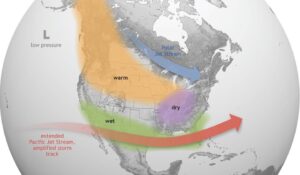
The Differences between La Niña and El Niño
These two weather patterns have quite a bit in common. They are both determined by the surface temperature of the Pacific. El Niño occurs when the Pacific’s surface water temperature is 1 degree or more above average. The opposite happens with La Niña, where the Pacific’s temperature is below average. The change in temperature is linked to the strength of the Trade Winds, the winds that blow east to west. El Niño is caused when the Trade Winds are weaker than the average, moving less surface water westward and putting a temporary hold on upwelling, causing the water to be warmer. When the Trade Winds are stronger than average, more surface water is pushed westward, increasing upwelling, meaning cooler water and the formation of La Niña. Because of the way the weather patterns are made, El Niño and La Niña cannot occur at the same time. What should also be noted is that El Niño makes more of an appearance than La Niña.
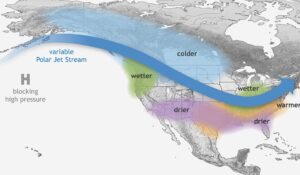
The Effects
The El Niño-Southern Oscillation (ENSO) describes the fluctuation of the surface temperature of the Pacific Ocean and the air pressure above it. These atmospheric changes occur once every two to seven years so there will be times when you don’t hear of any certain weather pattern. When these changes do occur, is when we need to understand the changes this can bring to the country. El Niño and La Niña affect the weather mostly through the way the Jet Stream moves, the winds that blow west to east at a high altitude. While El Niño and La Niña both affect the whole of the United States (and a lot of the world) the main region affected is the west. Furthermore, weather changes differ greatly depending if you are on the North or South side of the nation. During El Niño, the Jet Stream shifts south, bringing cooler and wetter conditions to the South and warmer, drier conditions up North. This causes the Southeast and U.S. Gulf Coast to have increased flooding. The opposite happens in La Niña, with the Jet Stream pushed up and shifted northwards, leading to warmer, drier conditions in the South and cooler, wetter conditions up North (especially in the Pacific Northwest). Because of the decreased windshear and the change in speed and direction of the wind, more hurricanes form during La Niña. There are typical effects of the patterns though they can be unpredictable. Strength also plays a key role here. The stronger a weather pattern is, the stronger the effects will be.
Extra Facts:
- El Niño means “Little Boy” or “Christ Child” in Spanish. South American fishermen named it this way when some noticed the Pacific Ocean’s waters were warmer than normal. El Niño usually reaches its peak in December and therefore, its full name is El Niño de Navidad.
- La Niña translates to “Little Girl” in Spanish, the opposite of El Niño. It’s also sometimes referred to as El Viejo, anti-El Niño or “the cold event.”
Whatever the weather, the team and I will be ready to accommodate you. Wishing you the best, wherever the season may take you.
Lily Krupa
2 Comments
Leave A Comment Cancel reply
About Us
Premium, fully furnished housing across all 50 U.S. states. Whether you’re relocating, on assignment, or managing travel for a team, we make temporary feel like home.
Recent Posts
Staying Safe During Tornado Season: What You Need to Know
amanda2025-05-07T18:02:25+00:00May 7, 2025|0 Comments
The Power of Blogging: Why Every Business (and Individual) Needs One
amanda2025-05-15T07:58:52+00:00May 7, 2025|0 Comments
Cherry Blossom Season: The Perfect Time for a Corporate Stay in the South
amanda2025-05-07T16:31:24+00:00March 25, 2025|0 Comments
Why Cybersecurity is Important When Selecting a Corporate Housing Provider
amanda2025-05-07T16:43:10+00:00March 17, 2025|0 Comments


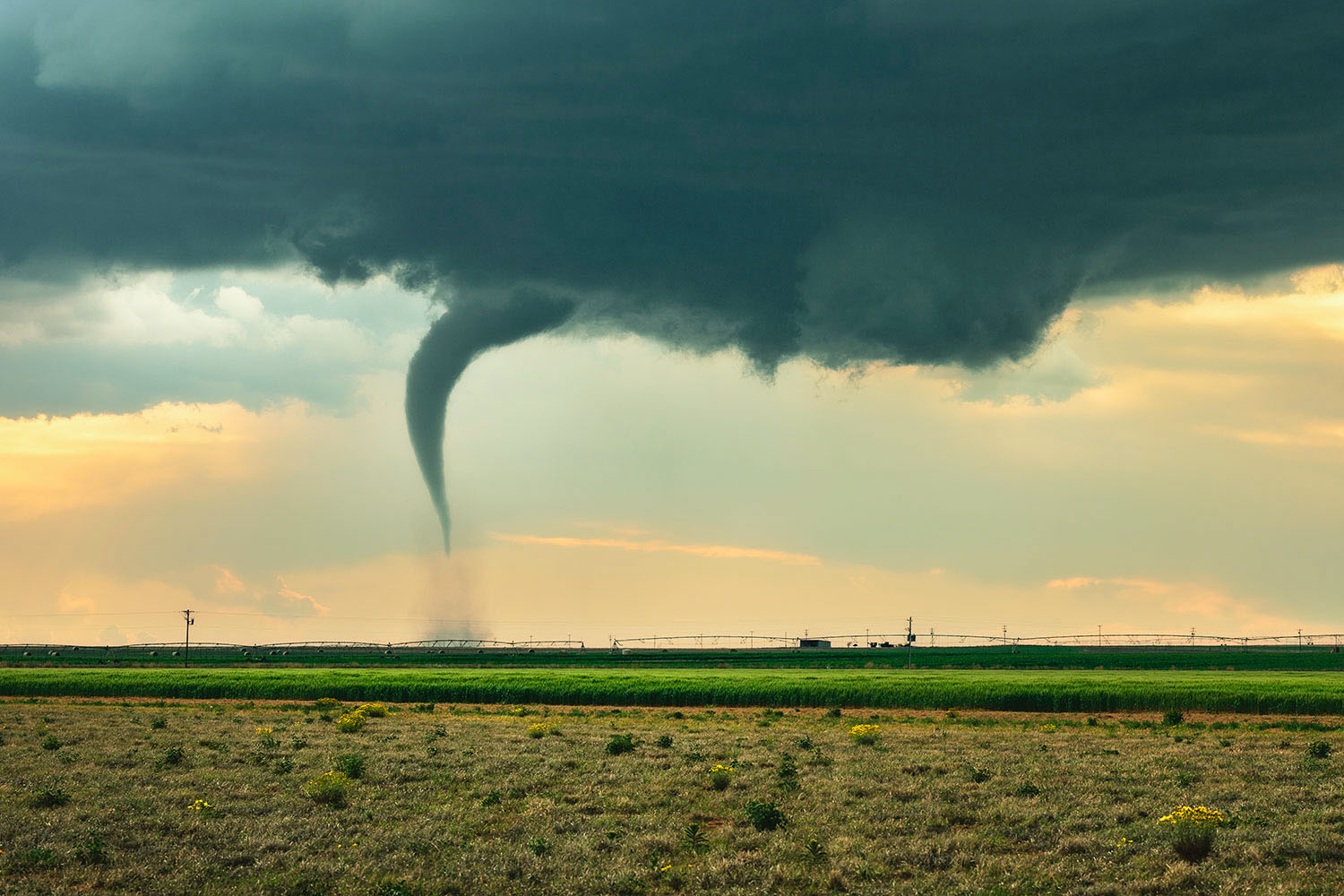

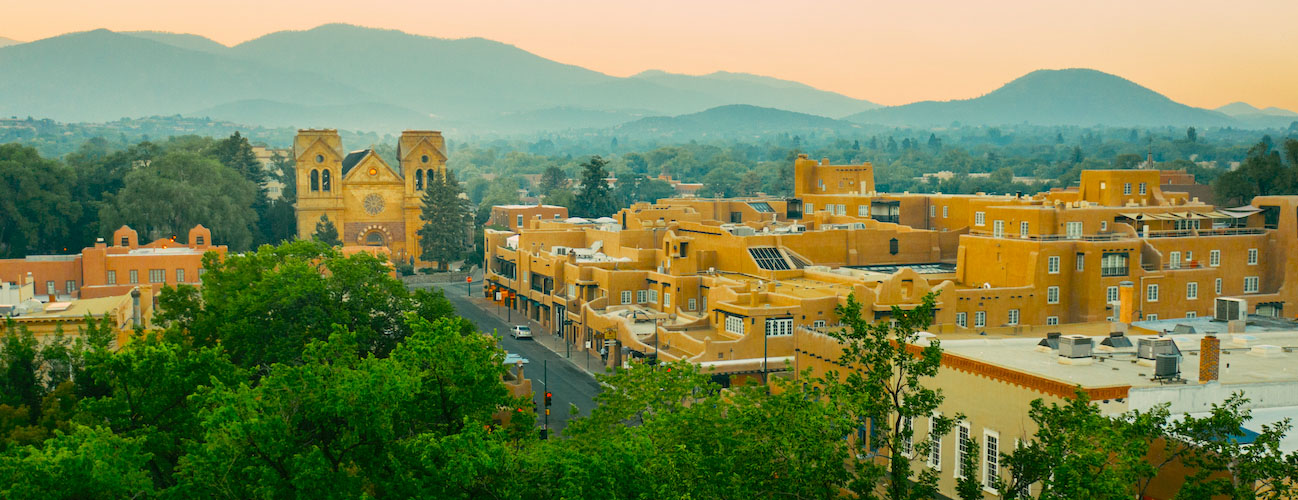
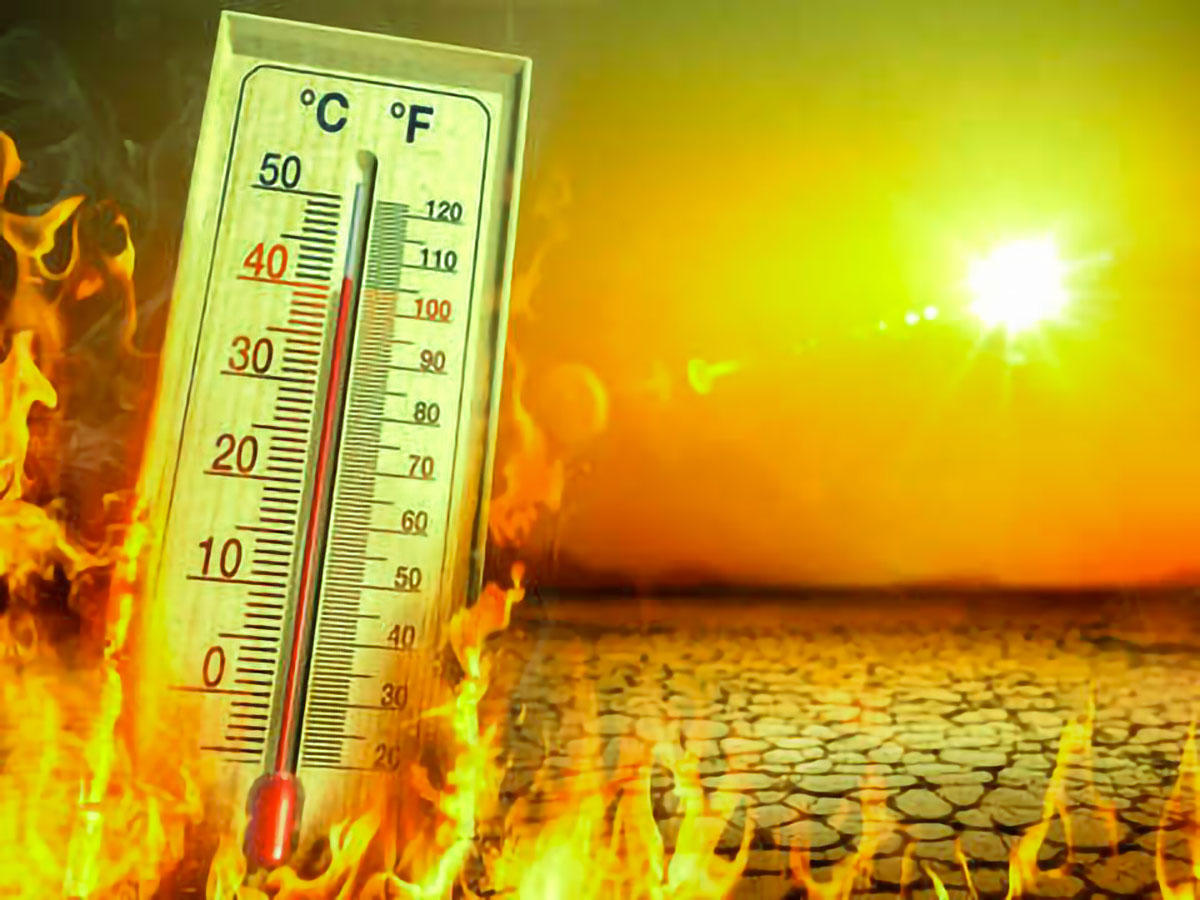
A very comprehensive article, now I know and am better prepared, thank you Lily
Awesome Blog Lily!